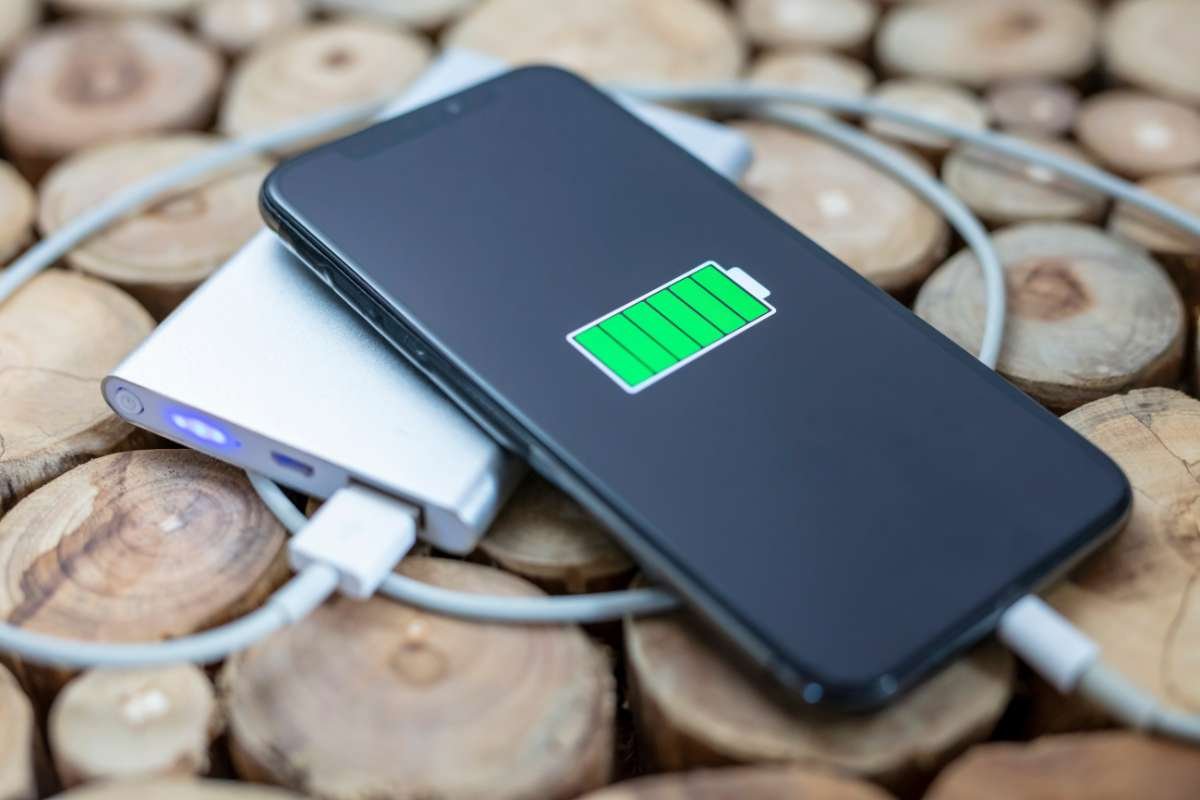The 100% Charging Myth—Fact or Fiction?
Many smartphone users habitually charge their devices overnight, waking up to a full battery. But according to experts, regularly charging your phone to 100% may not be the healthiest choice for long-term battery life. While modern batteries are durable, charging them fully and leaving them plugged in can accelerate chemical aging.
Chao-Yang Wang, director of the Electrochemical Engine Center at Penn State University, explained that charging a battery to full capacity and maintaining that high voltage contributes to faster degradation. “A battery will degrade faster if you charge it to 100% versus a little bit lower state of charge,” he said. Over time, this can lead to a 10–15% faster decline in battery life, although Wang noted that the effect is gradual and unlikely to be the sole reason someone replaces a phone.
Dibakar Datta, associate professor at the New Jersey Institute of Technology, emphasized that batteries left constantly at high charge levels undergo chemical stress. However, given the overall durability of modern phone batteries, most users will likely upgrade their phones for other reasons—such as camera improvements or screen damage—before battery deterioration becomes a major issue.
Don’t miss: The Future Of Battery Technology: Innovations And Advancements
Best Practices to Extend Battery Life
Experts agree that it’s not necessary to avoid charging to 100% entirely, but doing so every day may not be ideal. Wang recommends adjusting charging habits based on daily needs. For instance, on days involving travel or extended phone use, charging to full is practical. But during low-use days at home, stopping at 85% or 90% could help prolong battery health.
Another key tip is to avoid letting the battery drain completely. Datta warned against allowing the phone to hit 0%, advising users to start charging when it reaches around 20%. Consistently depleting the battery can negatively impact its ability to hold a charge.
The sweet spot for battery longevity appears to be maintaining a charge between 20% and 80%. This range helps minimize stress on the battery’s components, keeping it functioning optimally for longer periods.
Avoiding Extremes—Temperature and Charging Speed Matter
In addition to charging habits, temperature plays a major role in battery health. Both Wang and Datta highlighted that exposure to extreme heat or cold is more damaging than occasionally charging to 100%. Most modern smartphones come equipped with temperature management features, often pausing charging if the device gets too hot.
Users are advised to keep phones in room temperature environments whenever possible and to pay attention to frequent “too hot to charge” alerts, which may signal ongoing battery stress.
Another point of caution is the use of fast chargers. While convenient, they generate additional heat, which can degrade the battery over time. “Slow charging is more preferable,” Datta explained. Heat buildup not only affects long-term battery life but also poses safety risks, with incidents of overheated batteries causing phones to catch fire.
For those concerned about battery health, most smartphones offer built-in tools to monitor battery performance. If the battery health drops below 80%, experts suggest considering a replacement. Ultimately, with a few simple habits—like avoiding 0% and 100% extremes, charging slowly, and managing temperature—users can help extend their phone’s battery lifespan.









